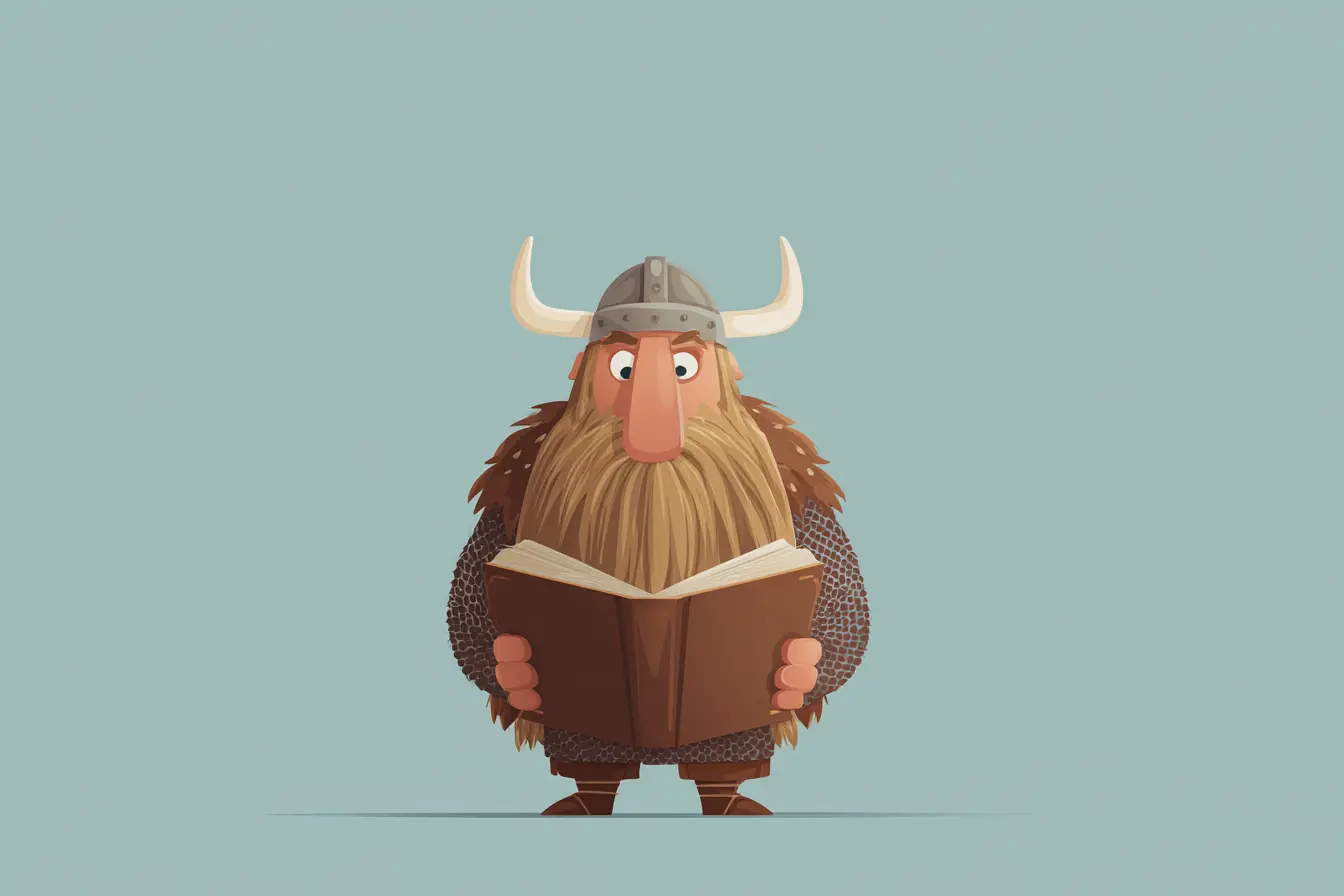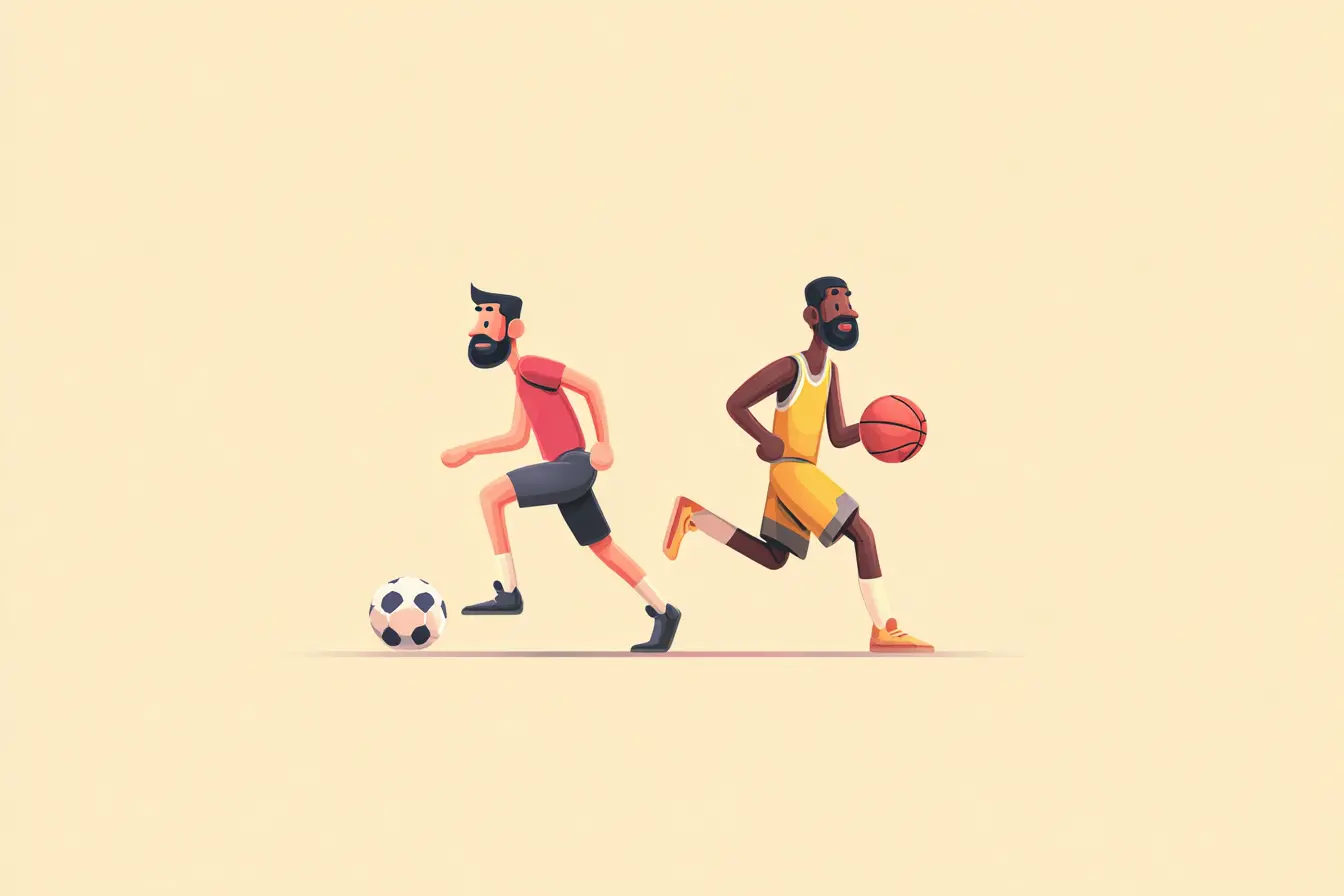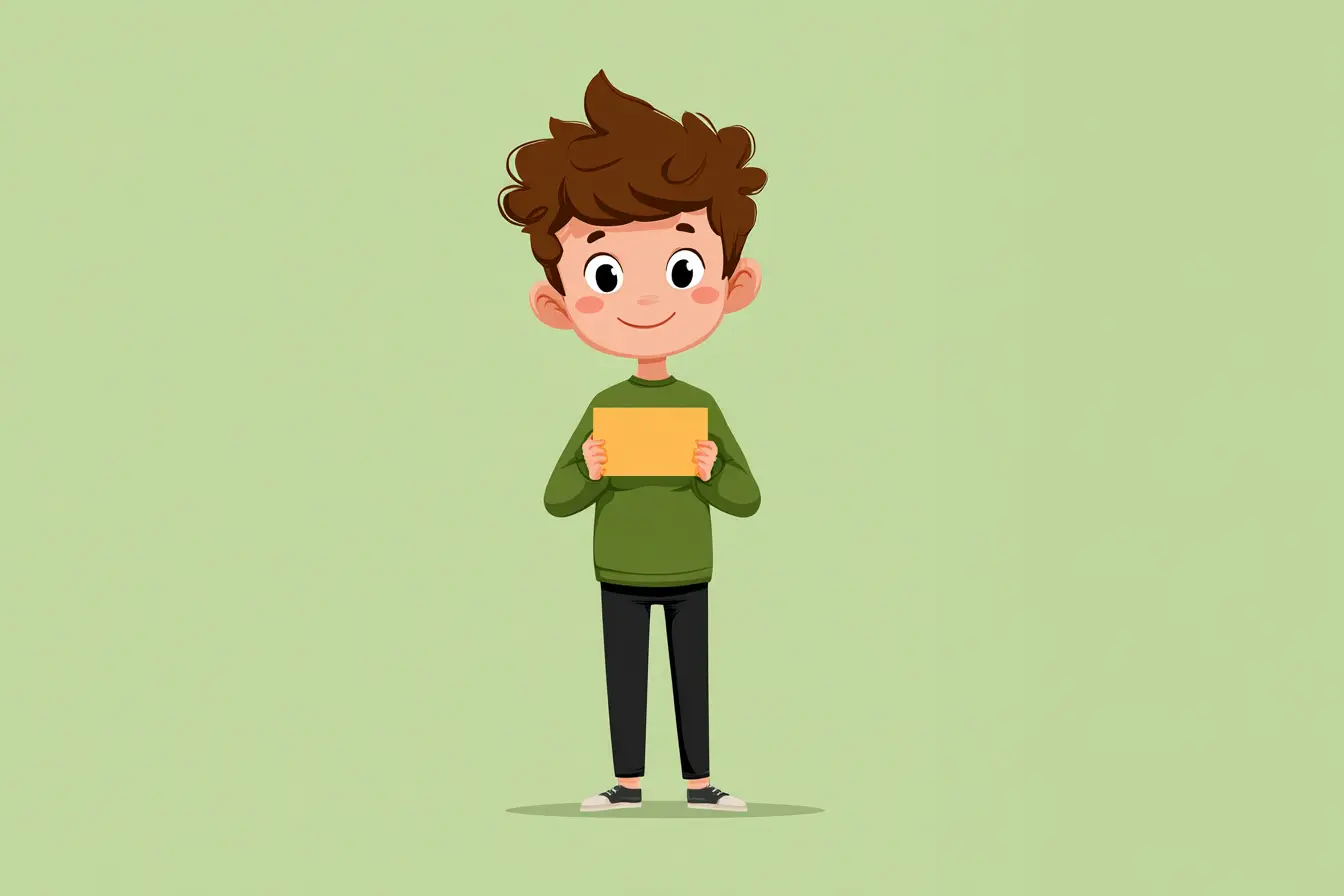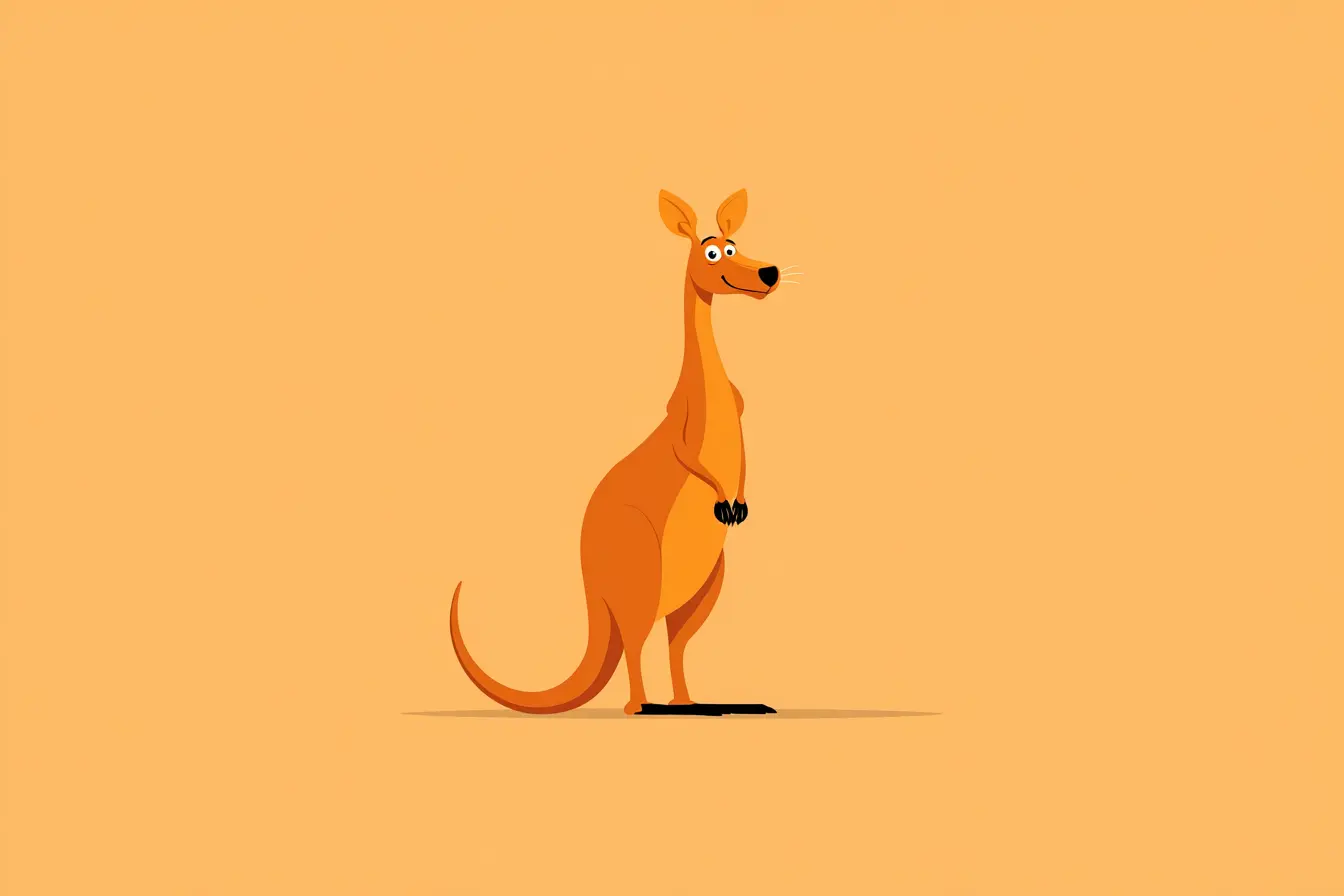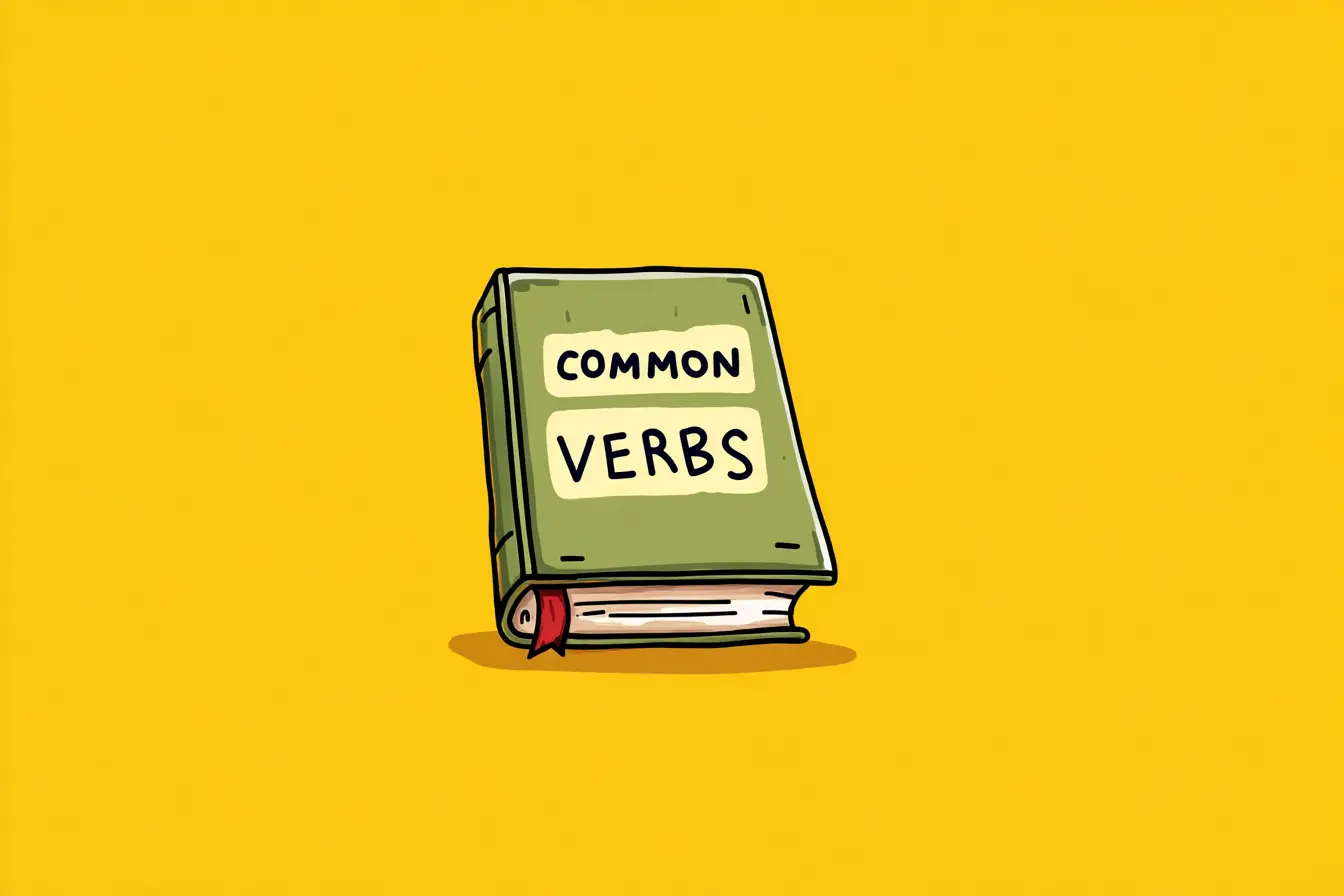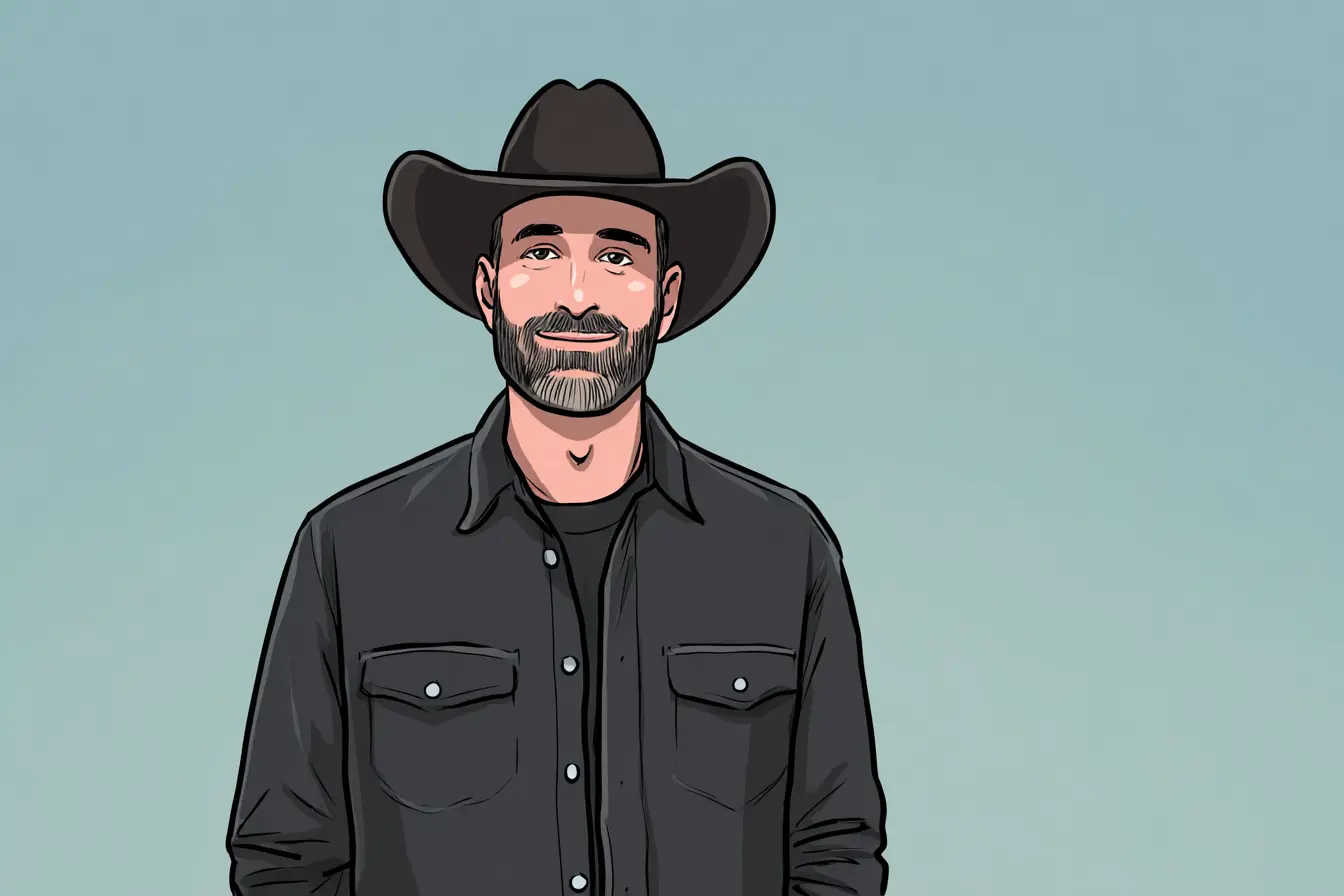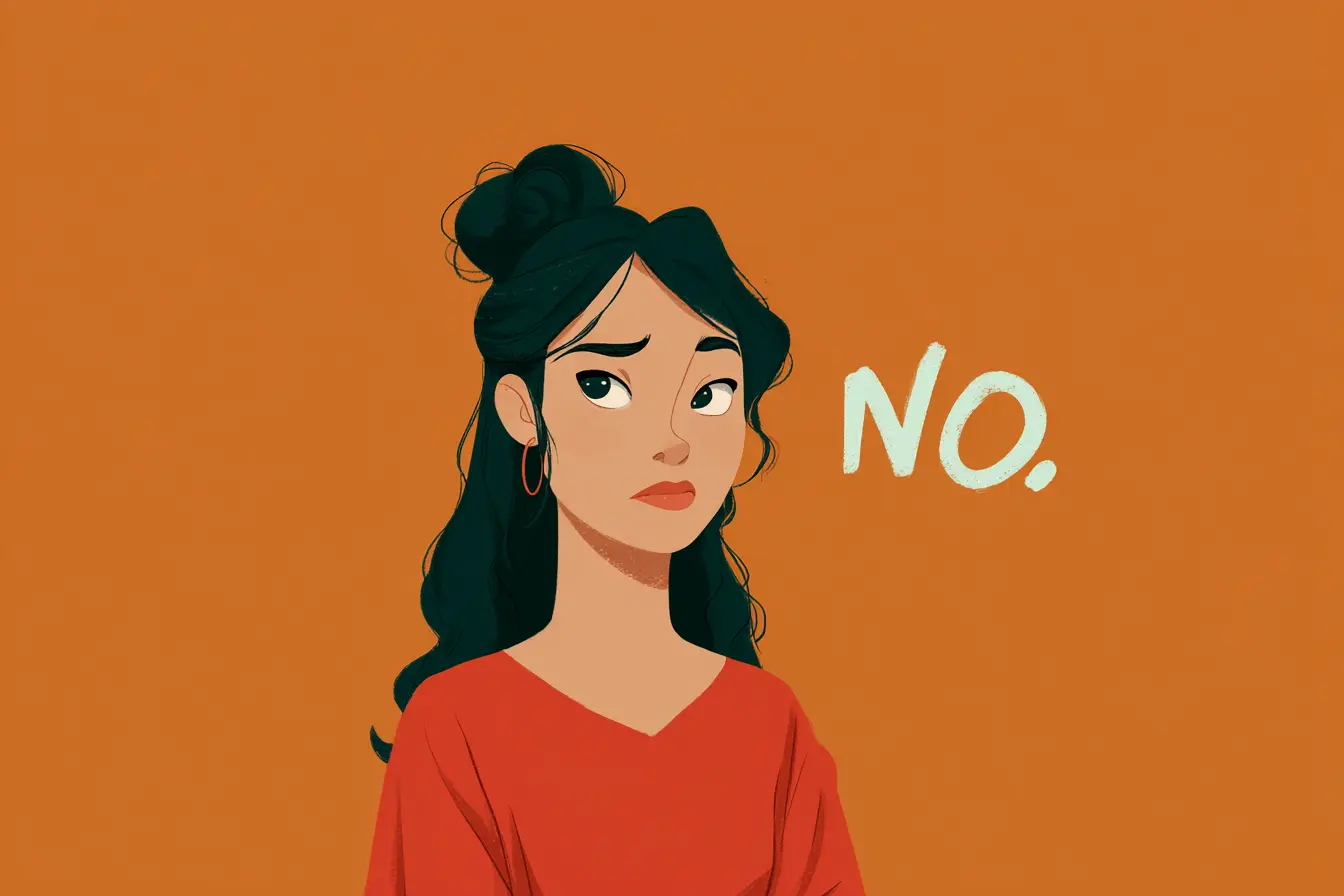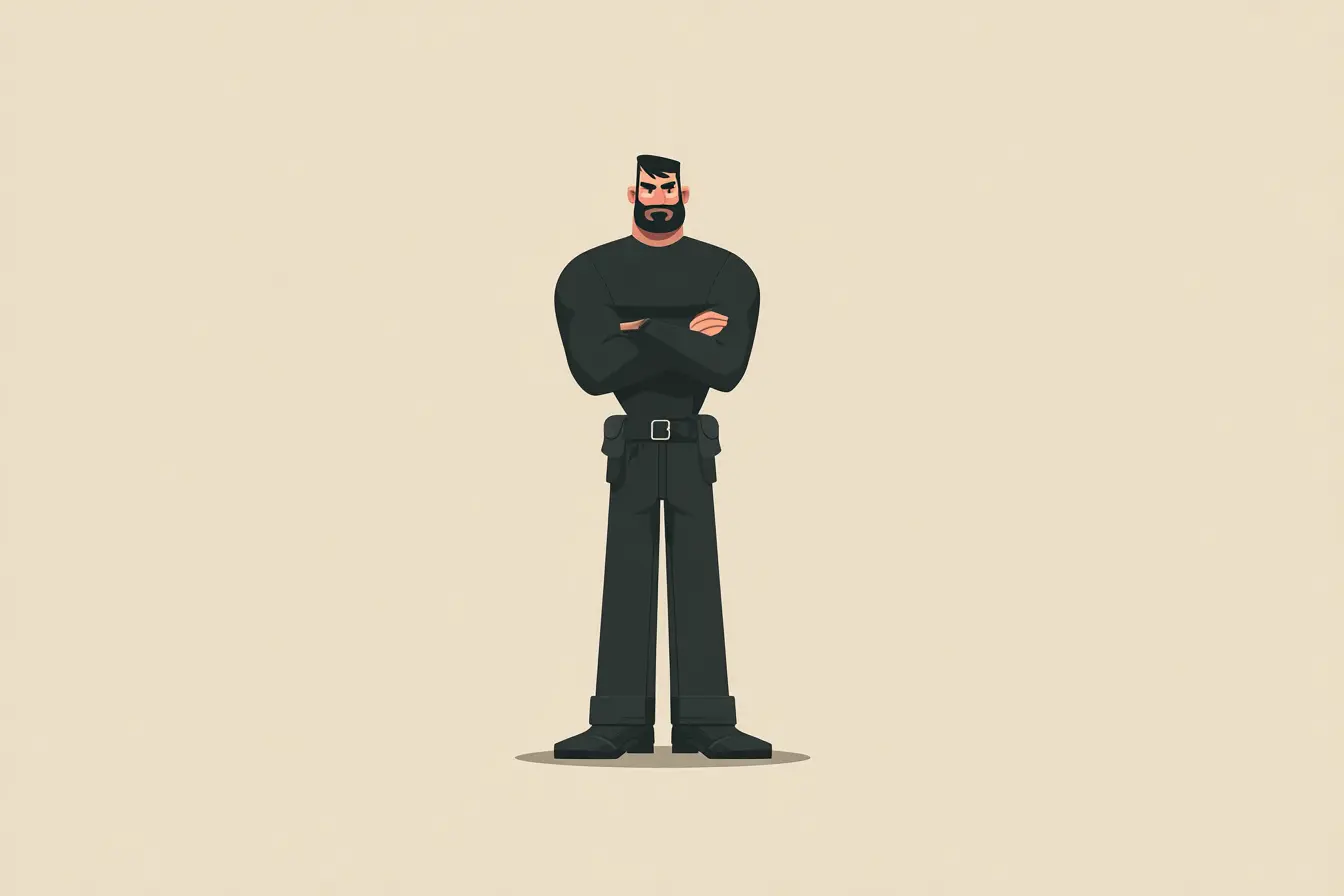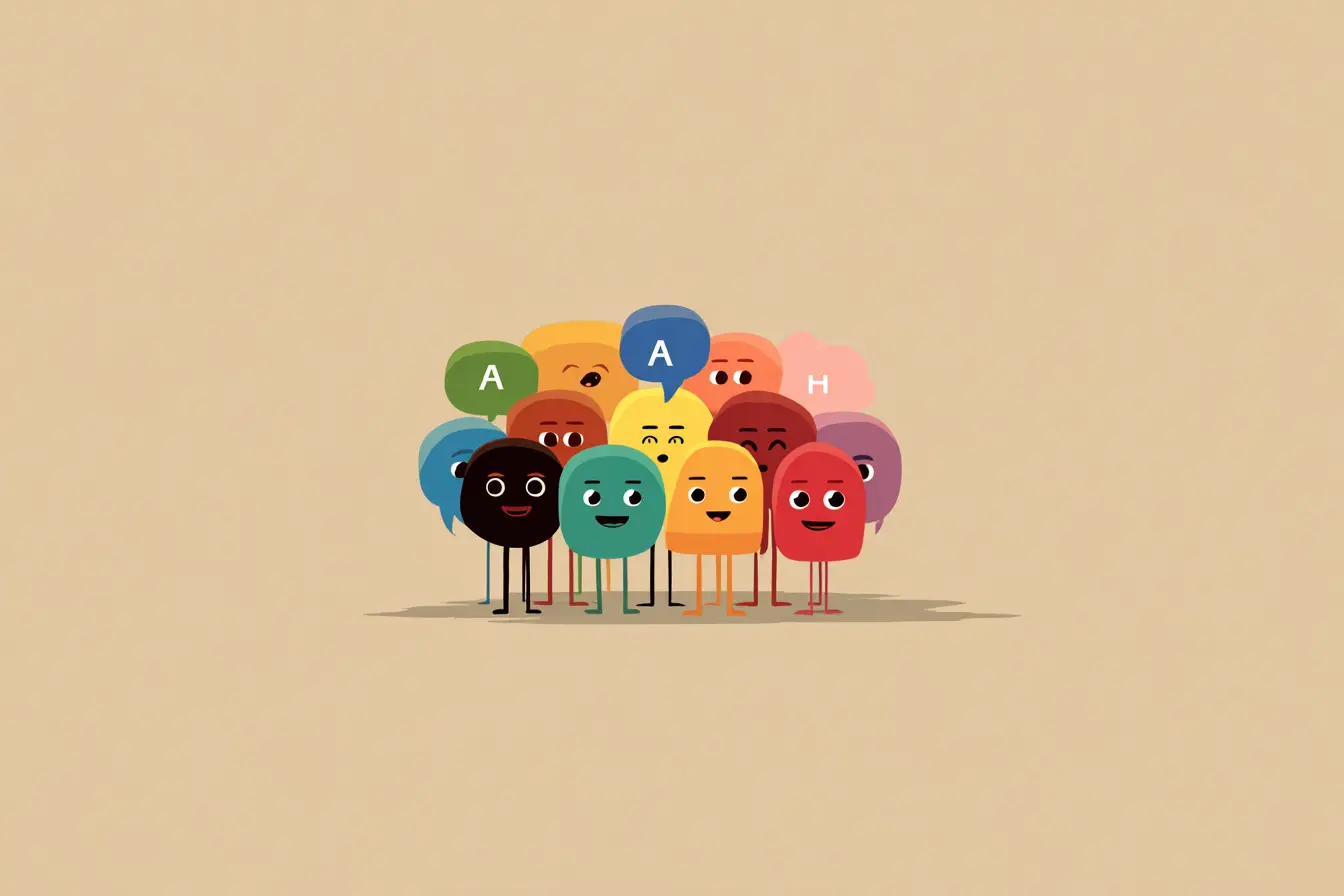New Yorkers don’t just walk fast, they talk fast. With punch, rhythm, and a sharp edge, the New York accent ranks among the most recognizable in the world. It comes packed with attitude, unmistakable sounds, and a long, layered history.
If you've ever wanted to sound like a local from Queens or the Bronx or just understand why Joe Pesci sounds nothing like Jerry Seinfeld, you're in for a ride. Let’s break it all down.
Where Did the New York Accent Come From?
To understand this accent, you’ve got to look way back.
The New York accent developed in the 1800s as millions of immigrants poured into the city. Irish, German, Italian, Jewish, and Eastern European communities all settled into tightly packed neighborhoods. As their languages collided with English, new speech patterns started to emerge.
Some key influences:
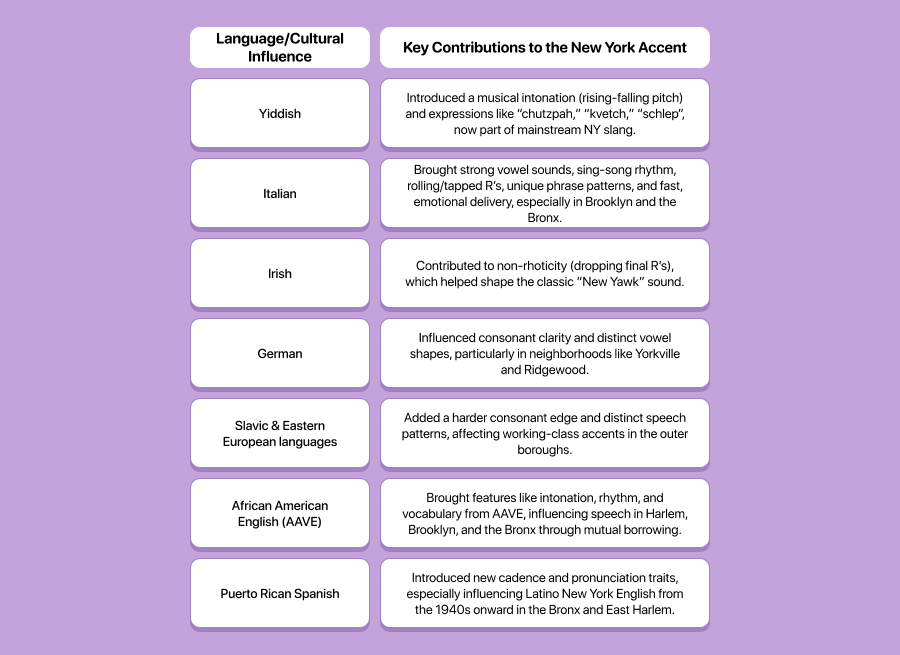
What came out of all that mixing? A distinctly urban accent shaped by immigration, density, and constant cultural exchange: proudly working-class, endlessly expressive, and ever-evolving.
Not One Accent, But Many: The Borough Breakdown
Here’s the twist: New York City doesn’t have a single uniform accent. It varies depending on borough, neighborhood, class, and even ethnicity.
🔹 Brooklyn & The Bronx
- Most stereotypical “New Yawk” sounds.
- Strong diphthongs: “dog” sounds like “dawg,” “talk” like “tawk.”
- Famous voices: Bernie Sanders, Jennifer Lopez (early), Cardi B.
🔹 Queens
- More ethnic diversity leads to hybrid sounds.
- Mix of Latino English, South Asian English, and classic NY features.
🔹 Manhattan
- Old-school Upper East Side accent (old money, less nasal).
- Downtown: faster, sharper, influenced by the arts and business.
🔹 Staten Island
- Often sounds closer to New Jersey or North Jersey Italian-American speech.
- Famous voices: Vinny from Jersey Shore.
Famous New Yorkers Who Shaped the Sound
You don’t need a linguistics degree to recognize this accent — just a Netflix account.
- Robert De Niro – “You talkin’ to me?” (Taxi Driver)
- Fran Drescher – The nasally fabulous Nanny.
- Larry David – Sarcastic, fast, rhythm-driven.
- Rosie Perez – Blended Puerto Rican + NY Bronx vibe.
- Jay-Z – A modern version in rap, blending NY speech with hip-hop rhythms.
These voices helped make the New York accent one of pop culture’s most iconic sounds.
Key Features of the New York Accent
Let’s get phonetic for a second — but don’t worry, we’ll keep it fun.
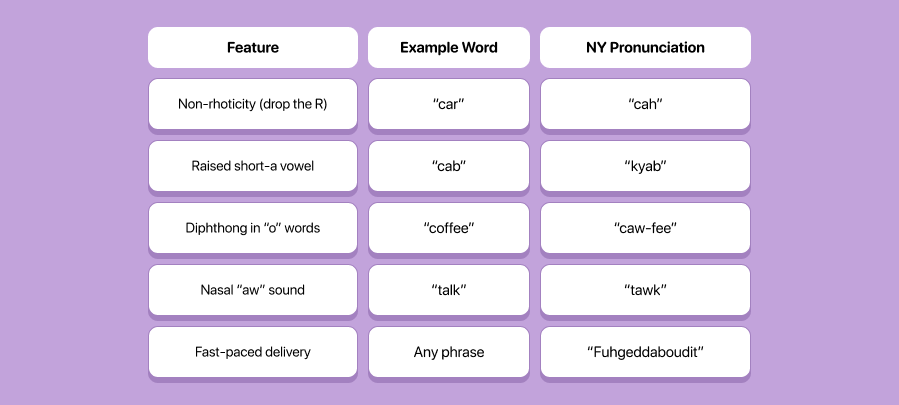
Sound rules may differ by borough, but these patterns help define the core of the accent.
So, How to Do a New York Accent?
Want to try it yourself? Here’s a mini crash course:
Step 1: Drop the “R”
Leave off the “R” at the end of words.Example: “here” becomes “hee-uh”.
Step 2: Exaggerate Your Vowels
Stretch out those vowel sounds, especially the “aw” sound.Example: “dog” → “dawg”.
Step 3: Pick Up the Pace
Talk faster than you usually do. New Yorkers don’t wait — and neither should your sentences.Confidence is everything.
Step 4: Add Some Attitude
This accent comes with energy and pride. Don’t be shy, own it! Sound like you mean it.
Step 5: Practice Classic Phrases
Here are a few iconic lines to try out:
- “I’m walkin’ heah!”
- “That’s my caw!”
- “Ya talkin’ to me?”
Fun Facts You Might Not Know
- The New York accent is slowly fading: younger generations in Manhattan often speak with more neutral American accents.
- Some linguists call it New York City English (NYCE), a recognized dialect with detailed phonological patterns.
- Expressions like “fuhgeddaboudit” were originally serious phrases; they became punchlines thanks to movies like Donnie Brasco and The Sopranos.
- Old-money New Yorkers used to sound British-adjacent, the so-called “Mid-Atlantic accent” of the 1930s and 40s.
The New York accent serves as a powerful symbol of cultural identity, urban resilience, and one-of-a-kind character. Whether you're studying accents for acting, language learning, or just curiosity, this voice tells a story that’s impossible to ignore. And like the city itself, it keeps evolving.
FAQ
Q1: What is the New York accent?
The New York accent, also known as New York City English, is a distinctive urban dialect shaped by generations of immigrants, especially Irish, Italian, Jewish, and Puerto Rican communities. It’s known for its fast pace, dropped “R”s (non-rhoticity), strong vowel sounds (like “cawfee” for “coffee”), and expressive, confident delivery. Though it varies by borough, it’s one of the most recognizable and culturally rich accents in the world.
Q2: Is the New York accent disappearing?
Yes, especially in Manhattan. Younger generations often speak with a more neutral American accent, influenced by media, education, and social mobility. However, in outer boroughs and immigrant communities, many features of the accent still thrive.
Q3: What’s the difference between a Brooklyn and Bronx accent?
They’re similar, but Brooklyn tends to have slightly more pronounced vowel shifts, while the Bronx often blends in more Latin and African American speech influences. Both have the classic “New Yawk” elements but with subtle differences in rhythm and tone.



